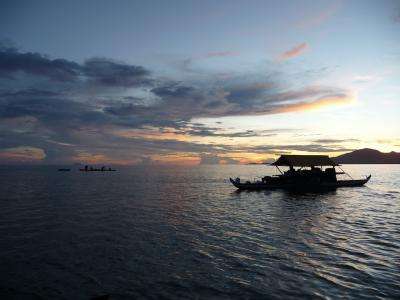Sustainable fishing practices produce local rewards

Communities that act locally to limit their fish catches will reap the rewards of their action, as will their neighbors. That's the conclusion of a study reported on March 28 in the Cell Press journal Current Biology of the highly sought-after fish known as squaretail coral grouper living in five community-owned reef systems in Papua New Guinea.
"We found that many larvae that were produced by the managed adults return to that same fish population, which means that the same fishers that agree to regulate their catch benefit from their actions," said Glenn Almany of the Australian Research Council Centre of Excellence for Coral Reef Studies at James Cook University. "Although we've been telling fishers for quite some time that they would benefit from protecting some of their adult fishes, we couldn't prove it because it was difficult to track where larvae end up."
Squaretail coral grouper are especially vulnerable to overfishing because they gather in large numbers to reproduce. Fishers know exactly when and where to go fishing. In order to track where young coral grouper produced by those aggregations end up, Almany and his colleagues applied genetic parentage analysis to adults from a single managed spawning aggregation and to juveniles in that tenure area and four others along a 75-kilometer stretch of coastline.
Within the primary area of the study, 17 to 25 percent of juveniles were produced by the focal aggregation, the researchers found. In the four neighboring tenure areas, 6 to 17 percent of juveniles were from the aggregation. The researchers predict from their data that half of all coral grouper young settle within 14 kilometers of the spawning site following their 25-day larval period.
"Over that time, they could certainly travel a lot farther," Almany said. "The fact that many don't was very surprising."
It also means that both local and cooperative management actions can provide fishery benefits to communities over small spatial scales, which should help to inspire local action, the researchers say.
"This study can empower coastal communities throughout the Coral Triangle—the area of greatest marine biodiversity—to make fishery management decisions that they can be confident will benefit them," Almany said.
The fish will be the better for it, too.
More information: Dispersal of Grouper Larvae Drives Local Resource Sharing in a Coral Reef Fishery, Current Biology, 28 March 2013. DOI: 10.1016/j.cub.2013.03.006
Journal information: Current Biology
Provided by Cell Press


















